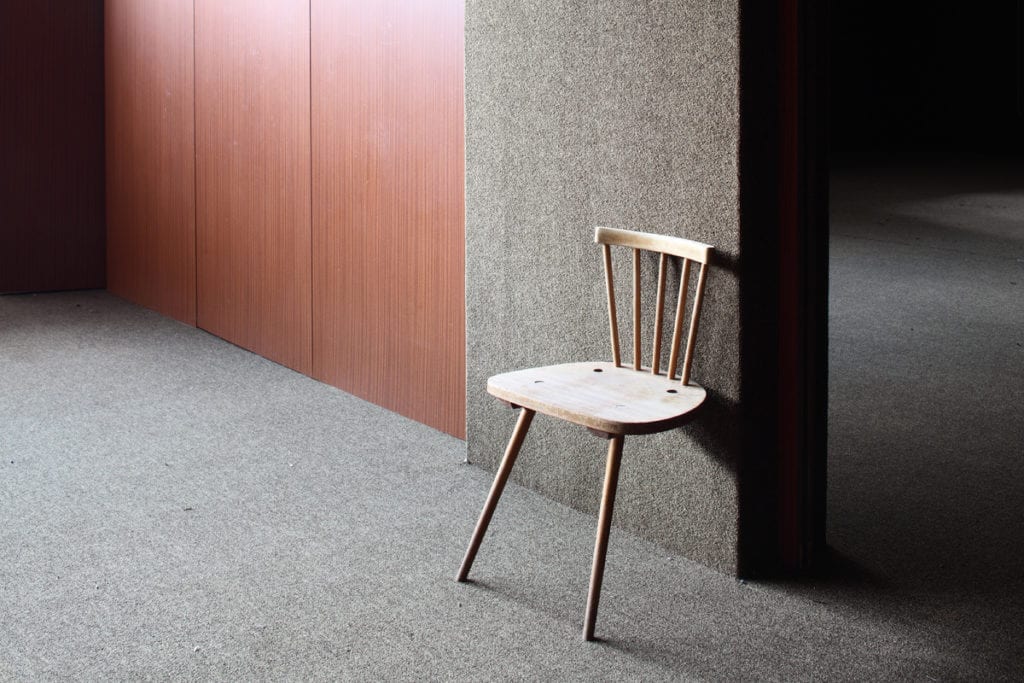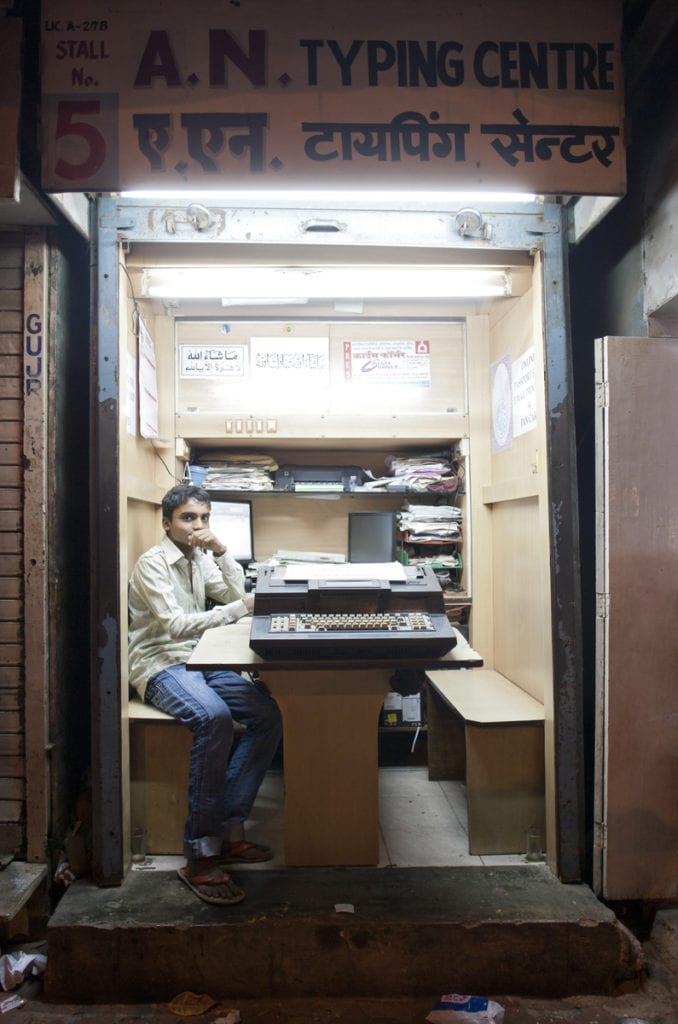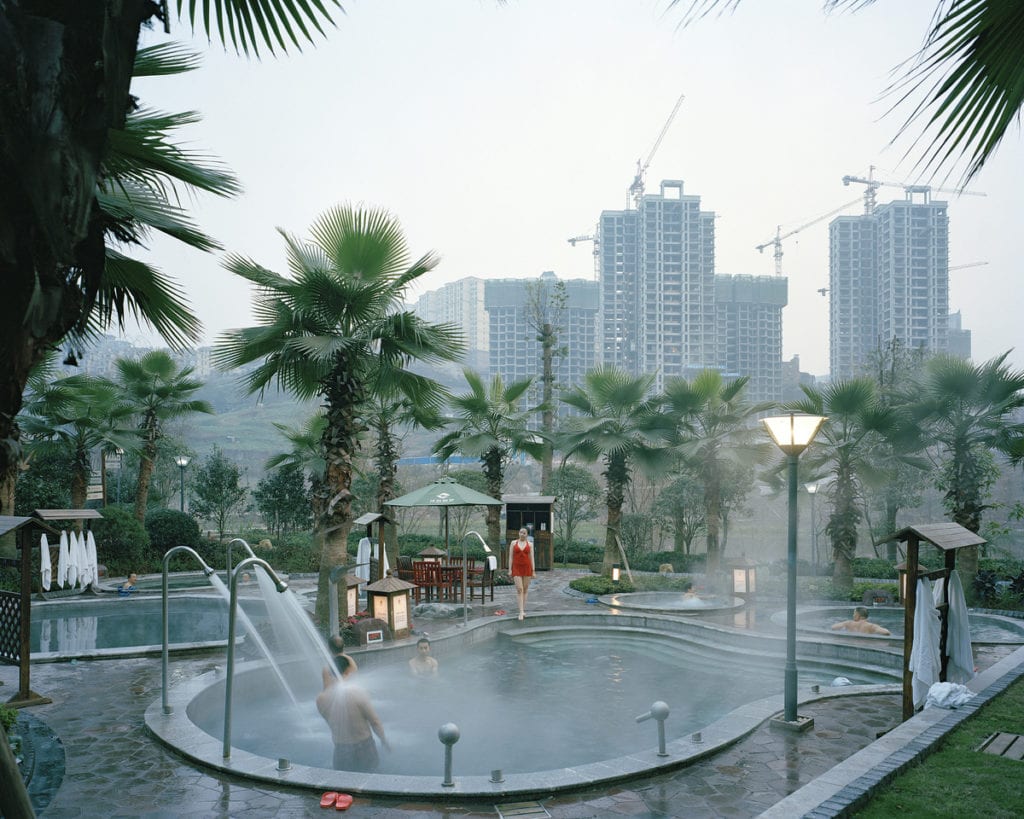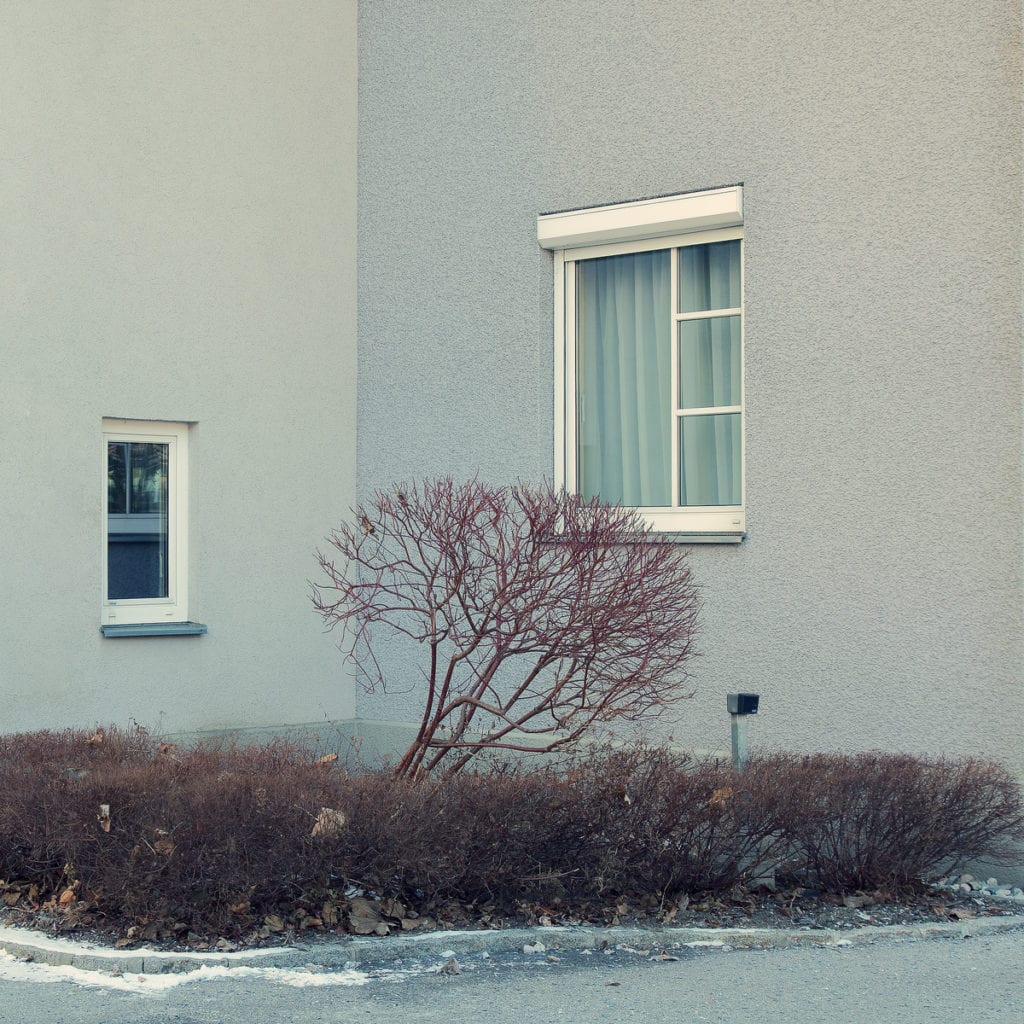Selected from 2,377 submissions from 92 countries, spanning six categories – Portraiture, Landscape, Architecture, Photojournalism, Conceptual and Best Emerging Photographer – this year’s thirty nominees are a celebration of some of the best contemporary photography the world has to offer. But whose work deserves to win?
This is your chance to have your say. The FSPA judges will be announcing their category and grand prize winners at the FSPA Awards ceremony in Osnabrück, Germany on 14 October. We are giving you the chance to choose your favourite nominee in each category, for a special People’s Choice Award which will be announced alongside the judges’ selections.
How to vote
The entries from the five finalists in each category are now being showcased here.
To vote for your favourite photographer in the ‘Architecture’ category, visit the Facebook gallery and like your favourite images from each photographer’s series. You can like as many or as few of the images as you want!
Find out more about each photographer’s project below:
‘China West’ by Julien Chatelin
“In Western China, the pace of economic development has ushered in a new unprecedented period of transformation; one that has radically redefined the topography of the country while displacing significant parts of its population from rural areas to vast, newly-built mega cities.
Semi-deserted landscapes carry a profound ambivalence, suggesting at the same time fecundity and sterility; a promise and nothingness. China West is a visual exploration of the impact economic development has had on Western China’s landscape, focusing on the dwindling interstice left between nature and urbanisation. A space, which, perhaps more than any other, reveals the true process of change.”
To vote for this photographer, visit the Facebook gallery.

‘Colonia’ by Kai-Uwe Schulte-Bunert
“The Italian state oil company Eni was founded in the 1950s. Its first director, former partisan Enrico Mattei (murdered in 1962), was dedicated to ensuring that functioning social structures should be made available to all employees of the business. This also included holidays organised by the company.
Together with Carlo Scarpa, the young architect Edoardo Gellner created a holiday complex that combined idealistic traditional and modern styles. The site, which became known as the ‘Villaggio Eni’, offered 263 holiday houses, hotels, restaurants and a gigantic holiday camp for children.
The place has now been deserted for years. This allowed the photographer to take an undisturbed look at the architectural details. In his work, he combines his view of the architects’ intentions with a search for signs of life, that he pinpoints with elements that stand in a relationship of space and function.”
To vote for this photographer, visit the Facebook gallery.
‘Driveland’ by Mario Brand
“In the USA, drive-thrus are a widespread part of the shopping and service culture. They are found not only in fast food restaurants, but also in banks, drugstores, coffee shops and even as US Mail counters.
At night, in artificial light, these service counters look like stages or the screen sets of film productions. For me, they represent many of the things that define the character of the USA – superficiality, consumption, automobile culture. But, at the same time, they express the beauty of a self-dramatisation that is hard to grasp.
They are reminiscent of scenes from the movies, paintings and books. This lends them a magnetism that is almost irresistible and equally as ambivalent as the United States itself.”
To vote for this photographer, visit the Facebook gallery.
‘Corners’ by Peter Braunholz
“Apart from merely recording objects and events, Peter Braunholz strives to discover surreal connections in real life. In his new series Ecken (meaning: Corners) he reveals the hidden poetry of corners.
An unrealness lies in the strange beauty of these images, which arouses melancholy. The absence of shadows and the smooth colors add an element of quietness and sobriety. With the right-angled windows, corner-lines and additional geometric elements in square-crops, he produced strong frame-in-frame compositions, which seem perfectly balanced.
Ecken is related to Arthur Danto’s idea of art as “the transfiguration of the commonplace”. Braunholz chose common corner spaces as the motifs for his work and strongly focuses not on their material, but on their immaterial quality. Therefore his work serves as an example for Danto’s ideas that art gives obvious things an oddness – it defamiliarises – and artworks have immaterial as well as material constituents.”
To vote for this photographer, visit the Facebook gallery.

‘4 Square Meters of Existence’ by Andreas Zierhut
“The sides of the Belassis Road are lined with small boxes with a floor space of not-quite 2 meters square, including electricity and a telephone connection. They are “typing centers”. Each of them is an existence and job for someone.
The services they offer are: letter-writing, translation and filling out official forms with their old electric typewriters. Here, around 20 typing centers stand compacted in a row.
Other quarters are also home to similar “centers”: mechanics, electricians, knife grinders or plastic waste pickers. In India, around 44 million micro-enterprises of this kind earn a daily living for the entrepreneurs and their families.”
To vote for this photographer, visit the Facebook gallery.
——
Be part of this year’s judging and vote for your favourite to receive the People’s Choice Award at this year’s awards ceremony for the Felix Schoeller Photo Award. Visit the Facebook gallery to vote.
Sponsored by Felix Schoeller Group: This feature was made possible with the support of Felix Schoeller Group, a world leader in photographic paper since 1895. Please click here for more information on sponsored content funding at British Journal of Photography.



